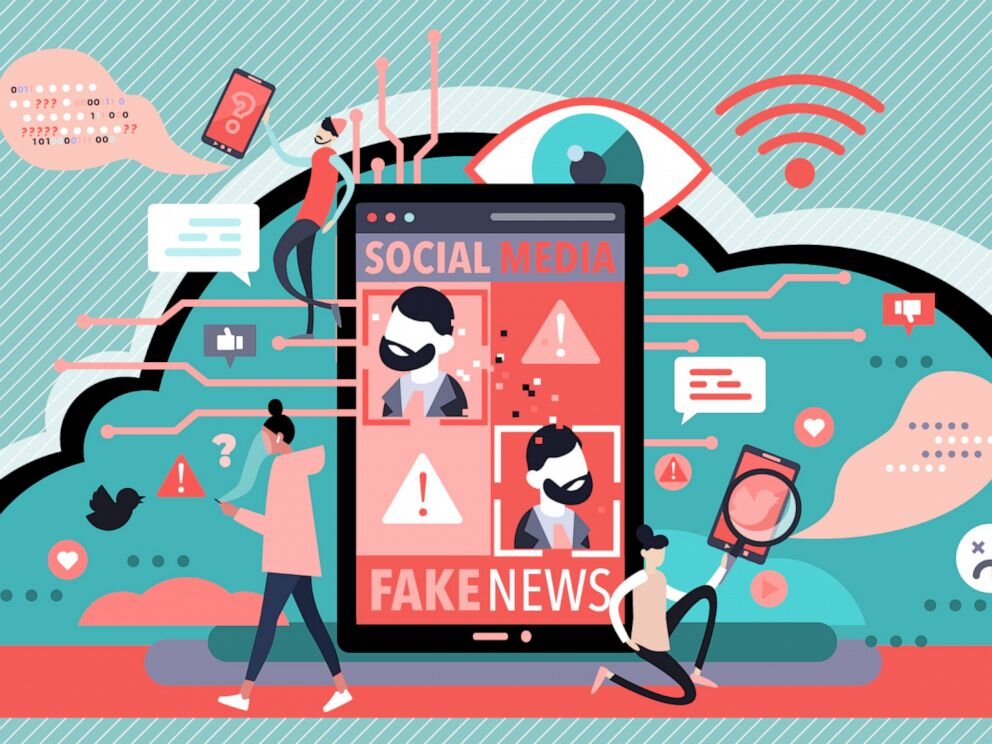In today’s fast-paced digital world, a media crisis can erupt with little warning and spread like wildfire. Whether it’s a corporate scandal, a product recall, or a social media backlash, how you handle a media crisis can make or break your organization. This comprehensive guide will walk you through the essential steps of media crisis management, helping you navigate through turbulent times with confidence and poise.
Understanding Media Crisis Management

Definition of a Media Crisis
A media crisis is any event that can negatively impact an organization’s reputation, often gaining rapid attention through media channels. These crises can stem from various sources, including internal missteps or external attacks.
Common Types of Media Crises
- Corporate Scandals: These include financial mismanagement, ethical breaches, or executive misconduct.
- Product Recalls: When a product is found to be defective or harmful, it can lead to widespread concern and panic among consumers.
- Social Media Backlash: Negative posts or viral campaigns against a company can escalate quickly, damaging the brand’s reputation.
The Impact of Media Crises
1. Short-term Effects
Immediate effects include loss of consumer trust, stock price drops, and negative media coverage. These can lead to decreased sales and a tarnished public image.
2. Long-term Consequences
Long-term impacts may involve legal repercussions, prolonged reputation damage, and financial losses. Restoring the brand’s image can be a time-consuming and resource-intensive process.
3. Case Studies of Major Media Crises
Examining case studies such as the BP oil spill or the Volkswagen emissions scandal reveals how media crises can unfold and the varied responses organizations have adopted.
Preparing for a Media Crisis
1. Building a Crisis Management Team
Assemble a dedicated team that includes members from public relations, legal, human resources, and executive management to handle crises effectively.
2. Developing a Crisis Management Plan
Outline clear procedures for identifying, responding to, and mitigating crises. This plan should be detailed and cover all potential scenarios.
3. Training and Simulations
Regular training sessions and simulations can prepare your team for real-life scenarios, ensuring they respond promptly and efficiently.
Identifying a Media Crisis Early
1. Monitoring Media Channels
Constantly monitor news outlets, blogs, and forums to spot potential issues early.
2. Social Media Listening Tools
Use tools like AIM Insights or Brandwatch to track mentions and sentiment about your brand across social media platforms.
3. Recognizing Early Warning Signs
Look out for sudden spikes in negative mentions or unusual patterns in customer feedback that may indicate brewing issues.
Crisis Communication Strategies
1. Crafting Effective Messages
Develop clear, concise, and honest messages. Avoid jargon and ensure your communication is easily understood by the public.
2. Choosing the Right Spokesperson
Select a spokesperson who is calm, articulate, and knowledgeable about the issue at hand. This person should be trained to handle tough questions and maintain composure.
3. Timing and Delivery
Timely communication is crucial. Deliver updates promptly through appropriate channels, ensuring your audience receives accurate information as the situation evolves.
Managing the Media During a Crisis
1. Handling Press Conferences
Prepare thoroughly for press conferences. Anticipate questions, rehearse responses, and maintain a composed demeanor.
2. Navigating Difficult Interviews
Instruct your spokesperson to stay on message, avoid speculation, and address questions directly while steering the conversation back to key points.
3. Managing Social Media Communication
Maintain a proactive presence on social media. Respond to concerns quickly, correct misinformation, and engage with your audience transparently.
Internal Communication During a Crisis
1. Keeping Employees Informed
Ensure that employees are regularly updated about the situation and the organization’s response. This prevents misinformation and rumors from spreading internally.
2. Internal Channels of Communication
Use emails, intranet updates, and internal meetings to communicate with employees. Encourage feedback and questions to address concerns promptly.
3. Maintaining Morale and Productivity
Support your employees during a crisis by acknowledging their efforts, providing necessary resources, and maintaining open lines of communication.
Post-Crisis Evaluation
1. Analyzing the Response
Conduct a thorough review of how the crisis was handled. Identify what worked well and what could be improved for future responses.
2. Learning from the Crisis
Use the insights gained from the evaluation to refine your crisis management plan. Ensure continuous improvement and readiness for potential future crises.
3. Adjusting the Crisis Management Plan
Update your crisis management plan based on the lessons learned. Incorporate new strategies and tools to enhance your preparedness.
Rebuilding Trust After a Crisis
1. Public Relations Strategies
Launch a comprehensive PR campaign to rebuild your image. Highlight positive actions and improvements made in response to the crisis.
2. Transparency and Accountability
Be transparent about the steps taken to address the crisis. Acknowledge any mistakes and demonstrate a commitment to accountability.
3. Engaging with Stakeholders
Involve stakeholders in the recovery process. Regularly communicate with them and address their concerns to restore confidence in your organization.
Legal and Ethical Considerations
1. Complying with Regulations
Ensure that your crisis response complies with all relevant regulations and industry standards. Consult legal experts to navigate complex legal landscapes.
2. Ethical Communication Practices
Maintain ethical standards in all communications. Avoid misleading information and ensure that all statements are truthful and accurate.
3. Legal Advice During a Crisis
Seek legal counsel to understand the implications of the crisis and to ensure that your responses do not inadvertently create additional liabilities.
Crisis Management Tools and Resources
1. Software and Platforms
Utilize crisis management software like Crises Control or Everbridge to streamline communication and coordination during a crisis.
2. Professional Services
Consider hiring crisis management consultants who can provide expert guidance and support.
3. Training Resources
Invest in continuous training for your crisis management team. Attend workshops, webinars, and conferences to stay updated on best practices.
Conclusion
Media crises are inevitable, but with the right preparation and response, they can be managed effectively. By understanding the nature of media crises, preparing thoroughly, and responding swiftly, organizations can mitigate damage and emerge stronger. Remember, the key to mastering media crisis management lies in continuous learning and adaptation.
Ready to safeguard your organization against potential media crises? Request a demo from AIM Technologies today to see how our advanced tools and expert support can help you navigate any media crisis with confidence.
FAQs
What is the first step in media crisis management?
- The first step is to assemble a dedicated crisis management team and develop a comprehensive crisis management plan.
How can social media be effectively managed during a crisis?
- Use social media listening tools to monitor mentions and respond promptly to concerns. Maintain transparency and correct any misinformation.
What are common mistakes to avoid in media crisis management?
- Common mistakes include delayed responses, lack of transparency, and failure to monitor media channels effectively.
How can a company rebuild its reputation after a crisis?
- Rebuild trust through transparent communication, accountability, and proactive public relations strategies.
Why is transparency important in media crisis management?
- Transparency helps to maintain public trust, prevents misinformation, and shows that the organization is taking responsibility for its actions.




